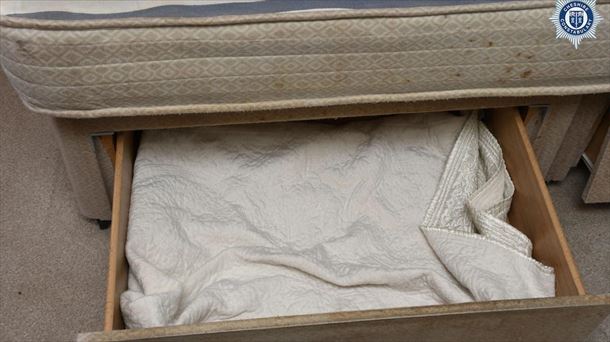Much has been written in recent days about how big, how heavy and how fast the Leopard 2 main battle tank now promised to Ukraine is (most recently here). But what is the best way to use this powerful weapon on the battlefield? That explains Brigadier General Philipp Eder of the Austrian Armed Forces.
In recent days, we have all become Leopard 2 experts due to the deployment of Germany’s main battle tank: 120 mm smoothbore gun, top speed up to 70 km/h, stabilized weapon system. But how do you use a modern main battle tank on the 21st century battlefield? Brigadier Philipp Eder, himself a trained tank commander on the now decommissioned M60, explains.
“If a Ukrainian tank commander gets a new, western tank instead of his old Soviet T-72, it will be superior first and foremost. It can shoot further, drive faster, have more armor and better sensors to detect the enemy . , does not change the principles of use:
Difference Between Defensive and Offensive
When I’m on the defensive, I keep my tanks ready in the depths, behind my own lines. If the enemy attacks at a certain point and wants to break through, I am quickly on the scene with my mobile tanks and I can prevent an enemy breakthrough.
When I am on the offensive, I can quickly conquer large areas in combination with other weapon systems such as air support, armored infantry, drone reconnaissance or artillery.“
The Leopard 2A6 in detail – tap the hotspots
“Find places where Russians defend weakly”
“Tanks use as much cover as possible, such as terrain edges or buildings. In open terrain, their speed helps them. The psychological element should not be underestimated: when an entire tank battalion approaches the defenders, it triggers something in them. Morale can collapse quickly. What the Ukrainians benefit from is the superior intelligence image they have thanks to the West. They may be able to emphasize places where the Russians have weak defenses, even if they only get about 100 Western main battle tanks.”
High fuel consumption
“Ukraine is at a disadvantage in terms of supplies, as many different types and variants of main battle tanks are supplied. There are three supply lines: fuel, ammunition, repair. A Leopard-2 requires about 3.5 liters of diesel. Per kilometre. This must be supplied by tanker or truck. As for ammunition and repairs, it depends on what supply packages the West gives the tanks. You may also need your own recovery and bridge-laying armored vehicles, as existing Soviet-era systems are inadequate or incompatible.
Not 100% compatible
“The systems for data exchange between the Western main battle tanks and their radios are also only compatible to a limited extent. Although there are actually NATO standards, not all countries have adhered to them, there is a certain proliferation. In addition, these systems must in turn be compatible with the radio equipment of the Ukrainian army command. But if there is one thing the Ukrainians can do, it is to integrate many different systems. With artillery and air defense, using many different weapons from different countries, they have already succeeded.”
Engage the western main battle tanks
“How will the Russians counter it? Mostly with their air force – which is the biggest threat to tanks. But we haven’t seen much of that so far because Russia doesn’t fully control the airspace over Ukraine. There is also a capacity gap on the Russian side when it comes to drones that can be effective against tanks. The Russians dug in in many places. This creates an advantage for defenders as they can use guided anti-tank missiles. Not much can be said at this point about the latest Russian tanks such as the T-14 as a means against Leopard 2 & Co. These are still very immature systems, and their number is very limited.”
Source: Krone
I am Wallace Jones, an experienced journalist. I specialize in writing for the world section of Today Times Live. With over a decade of experience, I have developed an eye for detail when it comes to reporting on local and global stories. My passion lies in uncovering the truth through my investigative skills and creating thought-provoking content that resonates with readers worldwide.



